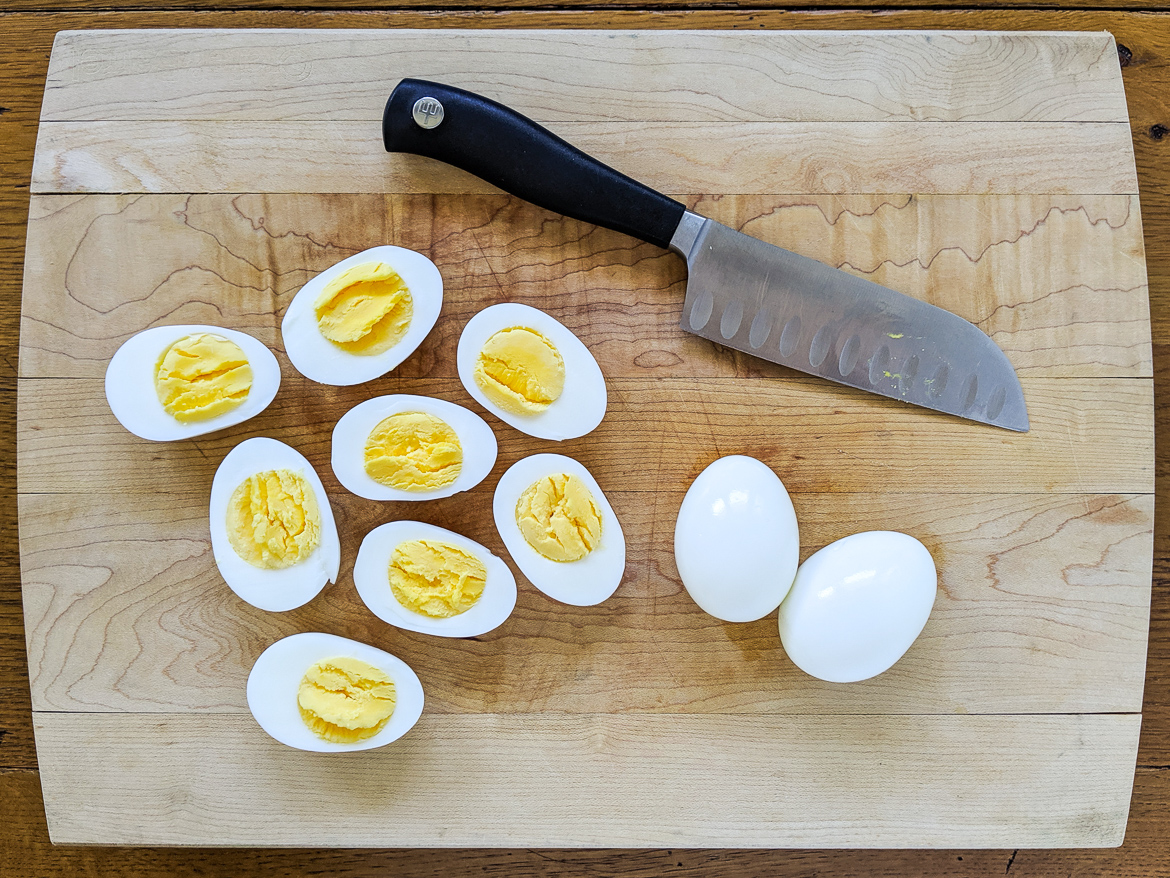If you dream of using fresh coriander, mint, or tulsi straight from your kitchen window, a mini indoor herb garden is the perfect solution. You don’t need a big yard or fancy tools. Just a sunny windowsill, a few pots, and some love for plants.
A kitchen herb garden is easy to set up, fun to maintain, and useful for everyday Indian cooking. Whether you live in a flat in Mumbai or a compact home in Chennai, growing herbs indoors brings nature closer and adds fresh flavours to your meals.
This guide covers everything you need to know to start your own indoor herb garden in India.
Why Every Indian Home Needs a Kitchen Herb Garden
There are many reasons to grow your own herbs:
- Convenience: Pick fresh herbs while cooking.
- Healthier food: No pesticides or chemicals.
- Money-saving: Herbs like coriander and mint are used often and buying them every week adds up.
- Low maintenance: Herbs grow well in small containers.
- Better taste: Fresh herbs improve the taste and aroma of any dish.
Is Your Kitchen Window Good for Growing Herbs?
Your window should receive at least 4 to 6 hours of sunlight per day. South-facing or east-facing windows work best in Indian homes. If your kitchen doesn’t get enough sun, you can still grow shade-tolerant herbs like mint and parsley.

Best Herbs to Grow on a Kitchen Windowsill in India
You don’t need a lot of space. These herbs grow well in small containers and are often used in Indian households:
1. Coriander (Dhaniya)
- Grows easily from seeds
- Needs full sun and moderate water
- Great for chutneys, curries, and garnishing
2. Mint (Pudina)
- Grows from cuttings
- Prefers indirect light and moist soil
- Used in teas, raitas, and chutneys
3. Holy Basil (Tulsi)
- Requires full sunlight and well-drained soil
- Known for its medicinal properties and religious use
- Makes healthy herbal tea
4. Curry Leaves (Kadi Patta)
- Needs a slightly larger container
- Thrives in warm weather with moderate water
- Used in tempering dals and curries
5. Fenugreek (Methi)
- Grows quickly from seeds
- Needs medium sunlight and moderate watering
- Common in parathas and dry sabzis
6. Parsley and Italian Basil
- Good for continental dishes and salads
- Need full sunlight and light soil
- Great for fusion and western recipes
Also Read Turn Walls into Gardens: DIY Vertical Gardening Ideas for Small Indian Homes
What You Need to Get Started
Here’s a list of basic items you’ll need for your indoor kitchen garden:
| Item | Purpose |
|---|---|
| Small pots (6–8 inches) | For each herb |
| Soil mix (light and well-draining) | Growing medium |
| Seeds or cuttings | For planting |
| Tray or plate | To catch excess water |
| Watering can or spray bottle | Controlled watering |
You can use old mugs, bowls, recycled bottles, or coconut shells as containers. Just make sure they have drainage holes.
Preparing the Right Soil for Herbs
Herbs grow best in soil that’s not too heavy. Here’s a simple mix:
- 40% garden soil
- 30% organic compost
- 20% cocopeat (retains moisture)
- 10% river sand (improves drainage)
Mix thoroughly and fill each pot, leaving 1 inch from the top.
How to Plant: Seeds or Cuttings
Growing from Seeds
- Soak seeds of coriander, tulsi, or methi in water overnight.
- Fill the pot with your prepared soil mix.
- Sprinkle seeds and cover with a thin layer of soil.
- Lightly water and keep in a sunny window.
- Seeds will sprout in 5–10 days.
Growing from Cuttings
- Take healthy cuttings from mint or curry leaf plants.
- Place them in a glass of water until roots appear.
- Transfer them to pots after 7–10 days.
Watering and Light Tips
- Water only when the top inch of soil feels dry.
- Avoid overwatering; most herbs don’t like soggy roots.
- Rotate the pots weekly for even sunlight.
- If it’s too hot in summer, move pots away from direct afternoon sun.
Harvesting and Trimming
- Once plants have 5–6 sets of leaves, you can start trimming.
- Use clean scissors to cut leaves.
- Harvest gently—never cut more than one-third of the plant.
- Regular trimming encourages healthy growth.
Common Issues and Easy Fixes
| Problem | Likely Cause | Quick Fix |
|---|---|---|
| Yellow leaves | Overwatering | Reduce watering; improve drainage |
| No growth | Low sunlight | Shift to a sunnier window |
| Mold on soil | Too much moisture | Increase airflow and use neem powder |
| Pests like aphids | Weak airflow or unhealthy plants | Spray neem oil every 10–15 days |
Organic Feeding Tips
- Add a spoon of compost or vermicompost every 2–3 weeks.
- Use diluted banana peel water or used tea leaves as natural fertilizers.
- Buttermilk spray works well for leafy herbs like methi and coriander.
Monthly Care Checklist
- Prune plants once every two weeks
- Wipe dust off leaves for better light absorption
- Check drainage holes to avoid clogging
- Add fresh soil and compost every 2–3 months
Frequently Asked Questions
Q1: Can I grow herbs without soil?
Yes. Hydroponic gardening works, but soil-based growing is easier and better for beginners.
Q2: Do herbs attract insects indoors?
If cared for properly, they don’t. Keep leaves clean and use natural repellents like neem oil.
Q3: How long do herbs take to grow?
Most herbs are ready for trimming in 3–4 weeks from sowing.
Q4: Where can I get seeds or cuttings?
You can get seeds at local nurseries or online. For mint or curry leaves, use kitchen leftovers or cuttings.
Q5: Can I grow herbs during monsoon or winter?
Yes. Just ensure they get sunlight and don’t remain waterlogged. During monsoon, water less often.
Final Thoughts
A mini herb garden in your kitchen is more than just a source of fresh ingredients. It’s a step toward healthier living, sustainability, and a greener home. You’ll love the feeling of plucking fresh coriander or mint while cooking dal or making chutney.
Even in the smallest flats or busiest schedules, growing herbs is a doable and delightful habit. It’s affordable, beginner-friendly, and perfect for Indian homes.
So start today. Pick a window, grab a few pots, and enjoy the joy of growing your own herbs.
Grow green. Cook fresh. Live better.











